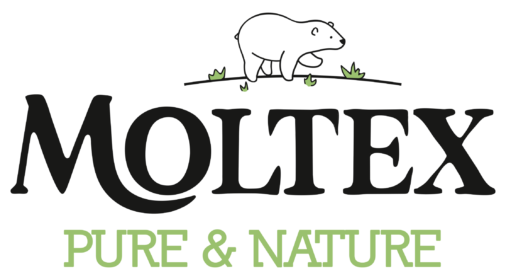Phlegm is very common in newborns and babies as it is a defence method to protect themselves from possible infections while your immune system is strengthened. The phlegm is a natural mucus from the airways that is expelled through the mouth of the baby and it is normal that, during this process, the baby will be also wheezing. If you notice your baby very uncomfortable and upset with wheezing, so you should know how to help him expel the phlegm.
First step is remaining calm and remembering that the wheezing, although uncomfortable, is not necessarily bad for your baby. Phlegm and mucus are very common in young babies since they serve to protect the airways from the entry of viruses and bacteria, making them a defence mechanism of the body while the immune system is strengthened. In addition, they serve to prevent dehydration of the airways and to lubricate them. Of course, these mucus from the airways can increase if the child has a cold or other infection, but generally the child does not need to be sick for phlegm and mucus.
Although beneficial for their health, it is also true that, if the babies have a lot of phlegm and mucus at the same time, it will be uncomfortable and annoying, since it takes an extra effort for them to breathe and eat. In addition, if phlegm is accumulated in the stomach, it can cause vomiting, one more reason for you to understand the wheezing of your baby and learn how to help your child to expel the phlegm.
What to do:
1- Unless recommended by the paediatrician, you should not give any medication or mucolytics to your baby. Although the medication dissolves the mucus, it also increases the secretion of mucus, establishing a vicious cycle which is difficult to break. Also, since babies almost always have snot, you would be always medicating your baby, which is not a good thing.
2 – The best solution is hydrating your baby. If he is breastfed, feed him more often to keep him hydrated. If he is already taking complementary food, offer him water frequently.
3- A humid environment will also help, especially at bedtime. You can use a humidifier or place bowls full of water around the baby room.
4- If the nose of the baby is full of snot, this prevents him from breathing, increasing the wheezing. You can do a nasal wash with sea water or saline. To do so, the best way is to lay the baby on his side and apply serum to one nostril while closing the other slightly with your fingers. Then repeat it on the other side.
5- When the mucus is more abundant or thicker you can extract it with a baby nasal aspirator, but you should not do it often to avoid irritating the skin in the nose of the baby.
6- The best way to clean the phlegm from the throat is waiting for when it reaches the mouth of the baby. Never try to stick the mucus out the throat of the baby with your finger, as you may hurt it. Roll a sterile gauze pad over your index finger and stick it into the baby’s mouth. The phlegm will stick to the gauze and you can remove it without hurting the baby.
7- In newborns, there is a risk that phlegm can choke it. In that case you must lay the baby with its face down on your forearm and pat it on the back to help him expel the phlegm.
